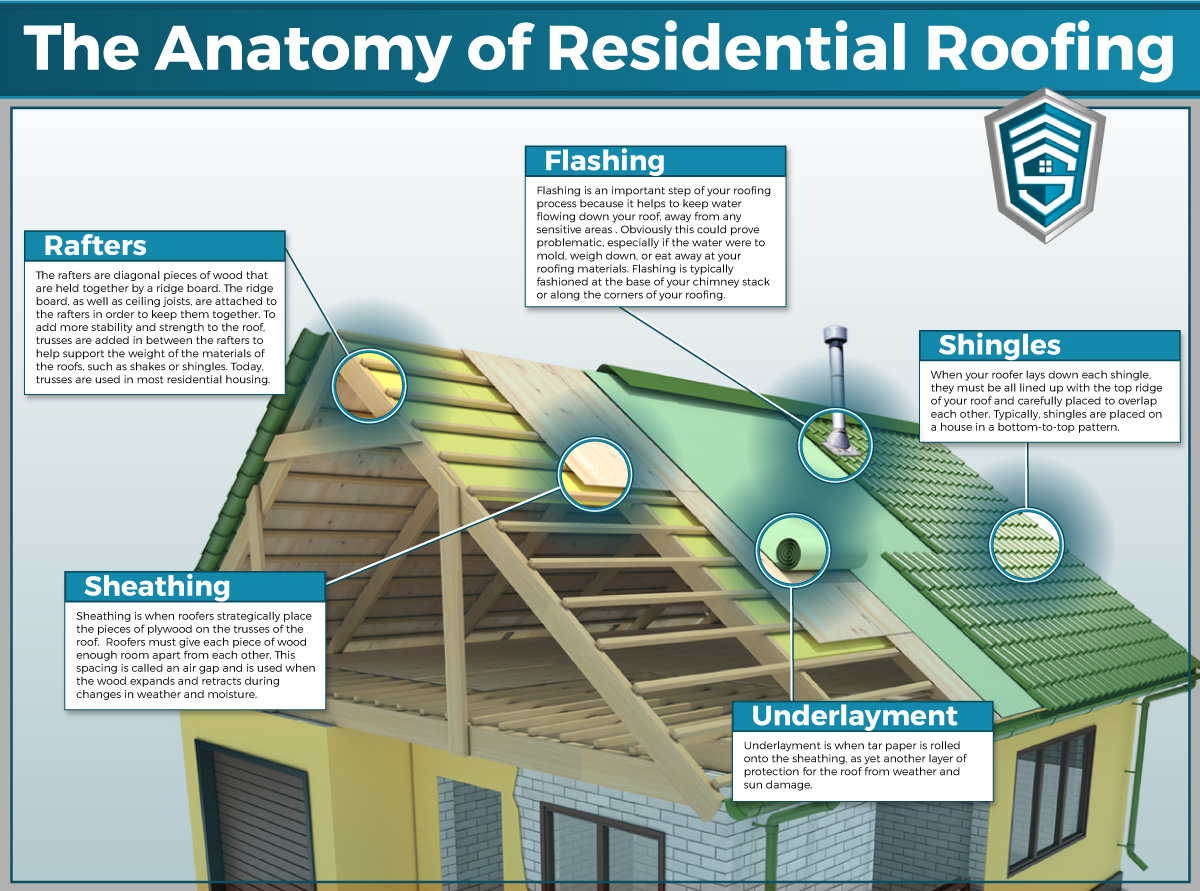Typical Blunders In Roof Setup And How To Stop Them
Typical Blunders In Roof Setup And How To Stop Them
Blog Article
Posted By-Mckee Damborg
When you're preparing a roof covering installment, it's very easy to ignore important information that can bring about significant issues down the line. You may be attracted to reduce edges on product choice or skip proper blinking installment, yet these typical errors can result in expensive repair services later on. Understanding https://josueabwrl.blogoxo.com/34132073/usual-roofing-setup-mistakes-and-just-how-to-prevent-them of ventilation and sticking to regional building codes is vital for a successful task. So, what are san antonio window installers should require to ensure your roof covering stands the test of time? Allow's explore some reliable methods to avoid these pitfalls.
Poor Material Selection
When it pertains to roofing setup, choosing the wrong products can bring about pricey troubles down the line. You might think that any roofing product will certainly do, but that's an usual mistaken belief. It's crucial to choose materials that match your neighborhood climate and the details demands of your home.
For instance, if you reside in a location with hefty rainfall or snow, going with asphalt shingles may not be the best option. Rather, consider more resilient choices like steel or slate.
In addition, focus on the top quality of the materials you're thinking about. Cheap products might save you money upfront, but they often lack long life and can result in regular repair services or replacements.
You ought to additionally think about the design of your home and ensure the materials you pick will certainly maintain its visual charm.
Finally, don't fail to remember to consult with experts. They can offer valuable insights and advise materials that adhere to local building codes.
Spending time in correct product choice currently can help you avoid headaches and costs in the future, making your roof covering job a success.
Inadequate Flashing Installation
Choosing the best products isn't the only factor that can result in roofing problems; poor flashing installation can also develop significant issues. Flashing is vital for guiding water away from prone areas, such as chimneys, skylights, and roofing system valleys. If it's not installed effectively, you run the risk of water invasion, which can result in mold and mildew growth and structural damages.
When you set up blinking, ensure it's the right type for your roof's style and the local climate. As an example, metal flashing is usually a lot more sturdy than plastic in areas with heavy rainfall or snow. See to it the blinking overlaps suitably and is protected firmly to stop gaps where water can permeate through.
You must additionally focus on the installation angle. Blinking should be placed to direct water away from your home, not towards it.
If you're not sure regarding the setup procedure or the materials required, seek advice from a professional. They can help identify the very best flashing options and guarantee every little thing is set up correctly, guarding your home from prospective water damages.
Taking these actions can save you time, money, and headaches down the road.
Neglecting Ventilation Demands
While lots of home owners focus on the aesthetic and architectural elements of roof setup, ignoring air flow demands can result in significant lasting effects. Appropriate air flow is important for managing temperature level and wetness levels in your attic, avoiding problems like mold development, wood rot, and ice dams. If you don't mount sufficient ventilation, you're establishing your roofing up for failure.
To avoid this error, first, evaluate your home's details ventilation requirements. A well balanced system commonly includes both consumption and exhaust vents to promote air movement. Ensure you've set up soffit vents along the eaves and ridge vents at the top of your roof. This mix enables hot air to escape while cooler air gets in, keeping your attic space comfortable.
Also, consider the sort of roof covering material you have actually picked. Some materials may need additional air flow techniques. Double-check your regional building codes for ventilation guidelines, as they can vary dramatically.
Lastly, do not neglect to examine your air flow system on a regular basis. Obstructions from particles or insulation can impede airflow, so keep those vents clear.
Verdict
To conclude, preventing typical roof covering setup blunders is key to ensuring your roofing's durability and effectiveness. By selecting the ideal products for your climate, setting up flashing appropriately, and dealing with air flow needs, you can protect against costly problems down the road. Don't forget to familiarize yourself with local building codes and schedule normal evaluations. With these steps, you'll delight in a risk-free, resilient roof covering that secures your home for many years to come. Satisfied roof!
